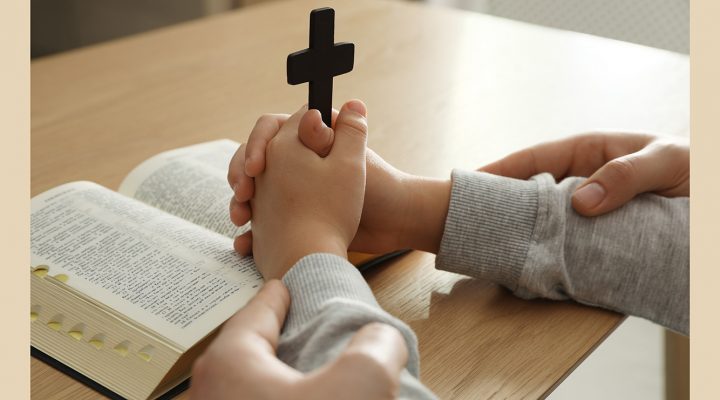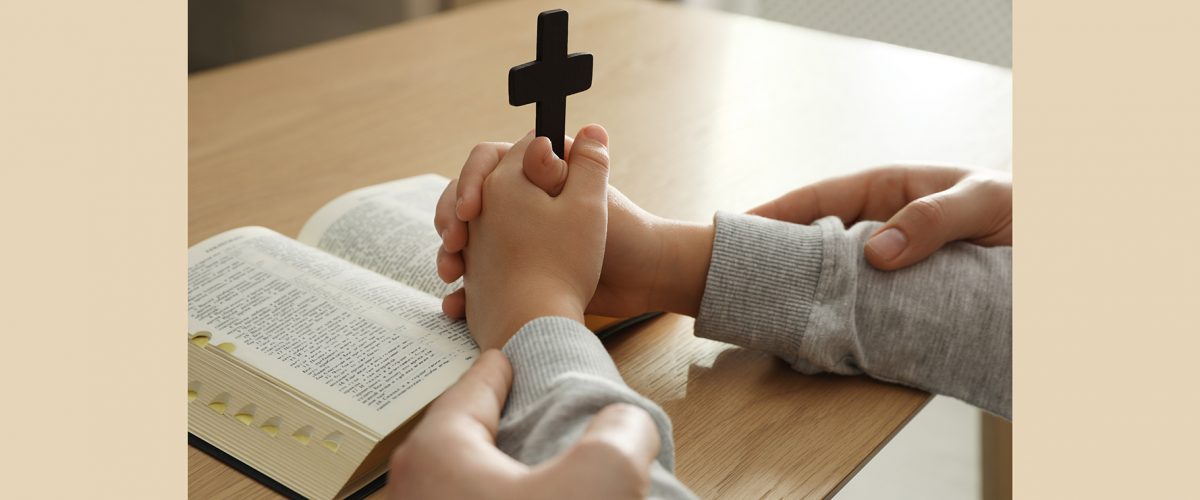Editor’s note: This is the sixth opinion piece in a new series on religious liberty authored by BJC Fellows and made possible by a grant from the Prichard Family Foundation.
Religious practices, actors, displays and institutions are becoming increasingly intertwined with our nation’s public schools and public education systems. A changing understanding of religious liberty from a majority of the current members of the U.S. Supreme Court is creating a legal system that is more and more friendly to certain religious elements and actors in public education. At the same time, many state legislatures have been introducing and enacting a range of education policy bills that challenge traditional understandings of the proper relationship between church and state.
Religious liberty advocates who value a healthy separation of church and state would be well advised to pay attention to such court rulings and state developments, even for policies and trends taking place outside their own state. There are several areas of particular concern: government-sponsored prayer, religious actors and displays in schools, and religious institutions’ increasing involvement in public education school choice systems.
Religion, public education and the Supreme Court
The First Amendment of the U.S. Constitution has two primary clauses that address religious liberty: the Establishment Clause, which prohibits the government from creating a law “respecting an establishment of religion,” and the Free Exercise Clause, which bars the government from “prohibiting the free exercise” of religion.

Bryan Kelley
These two interests frequently come into potential conflict; when they do, the Supreme Court historically has ruled there is room for “play in the joints” between these two intertwined clauses to create, as a previous ruling stated, a “benevolent neutrality which will permit religious exercise to exist without sponsorship and without interference.” A line of recent rulings instead has shifted toward a deference for the ability of religious individuals and entities to practice their religion in public spaces, even when such actions may implicitly or explicitly create preferential treatment or functional state endorsement of religious practices or institutions.
Six years ago, the Supreme Court found a Missouri policy that barred a church from receiving state funds for playground materials “expressly discriminates against otherwise eligible recipients by disqualifying them from a public benefit solely because of their religious character.” This 2017 ruling was seen by many as abandoning the idea that religion is a unique category deserving of special consideration (and protection from state interference, sponsorship or endorsement) due to its stature in the Bill of Rights.
“These four Supreme Court cases from the past six years fundamentally altered precedence on religious liberty.”
A 2020 case expanded this line of thinking, from playground materials to questions of using public money to fund religious education. There, the court ruled in favor of parents who sought to use a state tax credit program for attending a private religious school, stating that “a state need not subsidize private education. But once a state decides to do so, it cannot disqualify some private schools solely because they are religious,” again seemingly moving beyond the idea that religion has a special status worth special consideration.
In 2022, another ruling again extended this line of logic further, determining that “Maine’s ‘nonsectarian’ requirement for (an) otherwise generally available tuition assistance program violates the Free Exercise Clause” even if that requirement intended to maintain a healthy separation of church and state.
Most recently, a 2022 case ruled in favor of high school football coach Joseph Kennedy, whose contract had not been renewed because he held prayers on the football field while on duty in which students and others in the community sometimes participated. The majority opinion ruled his rights to freely exercise his religion had been violated, overriding concerns about coercing or pressuring public school students to participate in the religious practice in a way that might violate the Establishment Clause. There was much controversy over the court’s stated facts of the case — that the coach was acting in an individual private prayer at a time when personal conduct was allowed — and how they differed from the photographed involvement of other players, state lawmakers and media as documented in Justice Sonia Sotomayor’s dissenting opinion.
These four Supreme Court cases from the past six years fundamentally altered precedence on religious liberty, and this will almost certainly be developed and expanded in upcoming cases as well.
Religion, public education and state policy
Alongside Supreme Court rulings that reshaped the legal landscape regarding public education systems and religion, state legislatures throughout the country have been introducing and enacting bills that increasingly bring religion and religious actors into public education systems. It is important to pay attention to developments in state legislatures, even those outside your own state or from states whose laws you may rarely agree with because their passage and treatment by the courts can have influence far outside state lines.
The connection between cases being ruled on by the Supreme Court and the types of bills being introduced in state legislatures is sometimes subtle and sometimes more overtly stated.
This year, Idaho introduced and enacted a bill titled “Coach Kennedy’s Law.” This bill provides a summary of the coach prayer case, and it creates a law that employees of public schools may pray whenever they are free to otherwise engage in personal conduct. Kentucky enacted a similar bill, and Minnesota introduced a “Coach Kennedy’s Law” in 2022, although that bill failed.
“State lawmakers likely will feel emboldened to continue expanding the allowance of government-sponsored prayer and other religious activities in public school settings.”
Alongside these policy developments, the U.S. Department of Education updated its guidance on religion in public schools in May this year. In years to come, state lawmakers likely will feel emboldened to continue expanding the allowance of government-sponsored prayer and other religious activities in public school settings, even beyond the new standards established in the Kennedy ruling.
Other state policies have increased the involvement of religious actors and displays in public schools. In June, Texas enacted a bill that allows school districts to employ “chaplains” without any training or specifications, which has met much resistance. Similar legislation has been introduced in at least Ohio and Oklahoma, and it remains to be seen how much further these efforts will spread, how many states will enact such legislation, and how the courts will treat this type of policy.
Alongside states bringing explicitly religious actors to public schools, another policy area to pay attention to is the display of statements such as “In God We Trust,” “One Nation Under God” or the Ten Commandments in public schools.
One final unfolding state policy development to watch is the increasing participation of explicitly religious actors in school choice policy. Two of the cases above deal with public education systems that specifically incorporate and may provide funding to private schools.
One recent development that goes even further — reaching into entirely government-funded education systems — can be seen in Oklahoma. In June, the Oklahoma Statewide Virtual Charter School Board voted to approve an application to create the first ever fully public, taxpayer-funded and explicitly religious Catholic charter school. This decision is being challenged in court, and the court’s treatment of fully religious public charter schools likely will have vast implications for similar programs in other states.
Pay attention
We’ve seen a flurry of policy activity in the past few years — both in national courts and in state policy developments. These are steadily increasing the involvement of religious institutions and the presence of religious actors and displays in public education systems.
Religious liberty advocates must pay attention to these developments. Even if the place where you live hasn’t been affected by these policy changes in particular, pay attention and make sure your voice is heard in defending the separation of church and state.
To stay educated on these and related trends in policy, consider following the work of organizations such as BJC, the ACLU, and Americans United for Separation of Church and State.
Bryan Kelley is a policy analyst who has worked in education and health policy research. He graduated from Colorado College with a bachelor of arts degree in political science and religion and earned a master of arts degree in religion and political life from the University of Manchester. Bryan was a BJC Fellow in 2021 and remains deeply interested in the intersections of religion and politics.
Other articles in this series:
Religious freedom takes practice, not just legislation | Opinion by Sofi Hersher Andorski
The Respect for Marriage Act helped de-escalate the culture wars | Opinion by Tanner Bean
Faith freedom for all calls for justice and reconciliation | Opinion by Sabrina Dent
The stupidity of Christian nationalism | Opinion by Claire Hein Blanton
‘Thou shalt not covet thy neighbor’s wife’ and other posters I do not want in a first grade classroom | Opinion by Britt Luby


